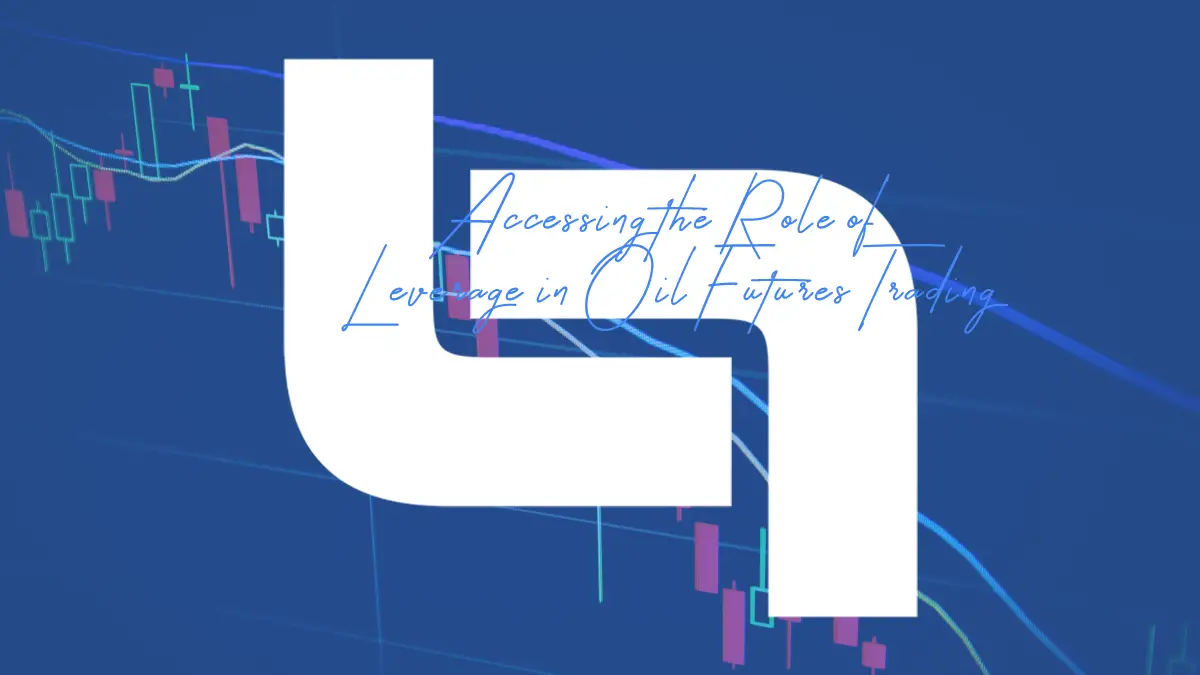Leverage is a crucial aspect of oil futures trading, allowing traders to amplify gains and losses. This article explores the leverage in oil future trading, factors influencing leverage in oil futures trading. Oil trading is tedious but not with online trading platforms like Oil iFex AI which has the capability to transform the way you trade.
Leverage in Oil Futures Trading

Leverage plays a crucial role in the world of financial trading, and this holds true for oil futures trading as well. By definition, leverage refers to the use of borrowed funds or margin to amplify potential gains and losses in trading activities.
In the context of oil futures trading, leverage allows traders to control larger contract sizes with a smaller capital outlay. It provides the opportunity to increase exposure and potentially amplify profits. However, it’s important to note that leverage also amplifies losses, increasing the level of risk involved.
Understanding margin requirements is essential when utilizing leverage in oil futures trading. Margin is the initial deposit or collateral required to initiate a trading position. Different oil futures contracts have varying margin requirements, depending on factors such as market volatility and liquidity. Traders must be aware of the margin requirements set by their brokers and ensure they have sufficient funds to meet those requirements.
While leverage offers the potential for significant rewards in oil futures trading, it also comes with inherent risks. The increased exposure can lead to substantial losses if not managed properly. Risk management becomes crucial in leveraging positions effectively. Traders must assess their risk tolerance, set appropriate stop-loss orders, and have a clear risk management plan in place to protect their capital.
By comprehending the concept of leverage and its role in oil futures trading, traders can make informed decisions and utilize leverage strategically. It is essential to strike a balance between potential rewards and risks. With a thorough understanding of leverage and effective risk management, traders can enhance their chances of success in the dynamic and volatile world of oil futures trading.
Factors Influencing Leverage in Oil Futures Trading

Market volatility plays a crucial role in determining the utilization of leverage in oil futures trading. Volatility refers to the extent of price fluctuations in the market. Higher volatility implies increased uncertainty and the potential for larger price swings. In such situations, leverage can amplify both profits and losses. Traders need to carefully assess market volatility and adjust their leverage strategies accordingly to manage the potential risks and rewards.
The size of a trader’s account is another significant factor that influences leverage in oil futures trading. Larger trading accounts provide more capital, allowing traders to potentially use lower leverage ratios while still maintaining desired market exposure. Conversely, traders with smaller accounts may need to employ higher leverage ratios to achieve similar exposure. However, it is essential to strike a balance between leverage and risk, as excessive leverage can increase the potential for significant losses and margin calls.
Margin calls are a critical consideration when utilizing leverage in oil futures trading. A margin call occurs when the account value falls below the required margin level set by the broker. When a margin call is triggered, traders are typically required to deposit additional funds into their trading accounts to meet the margin requirements or close out positions. Understanding how margin calls work and managing them effectively is essential to avoid substantial losses and account liquidation.
The risk appetite and risk management approach of individual traders also significantly influence the utilization of leverage in oil futures trading. Traders with a higher risk appetite may be more inclined to use higher leverage ratios to seek larger potential profits. However, it is crucial to implement effective risk management strategies to mitigate potential losses. Setting stop-loss orders, defining profit targets, and employing position-sizing techniques can help control risk exposure and protect capital.
External factors, such as economic indicators, geopolitical events, and news releases, can have a significant impact on the utilization of leverage in oil futures trading. Traders must stay informed about these external factors that can influence oil prices and market sentiment. Being aware of potential market-moving events and adjusting leverage strategies accordingly can help traders navigate the market more effectively and make informed trading decisions.
Conclusion
In oil futures trading, leverage plays a vital role in magnifying potential profits and risks. Traders must comprehend margin requirements and implement effective risk management strategies to safeguard their capital. By utilizing leverage strategically and balancing risk with reward, traders can enhance their chances of success in the dynamic world of oil futures trading.

